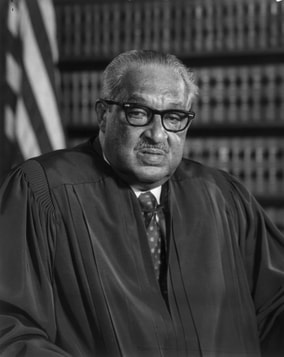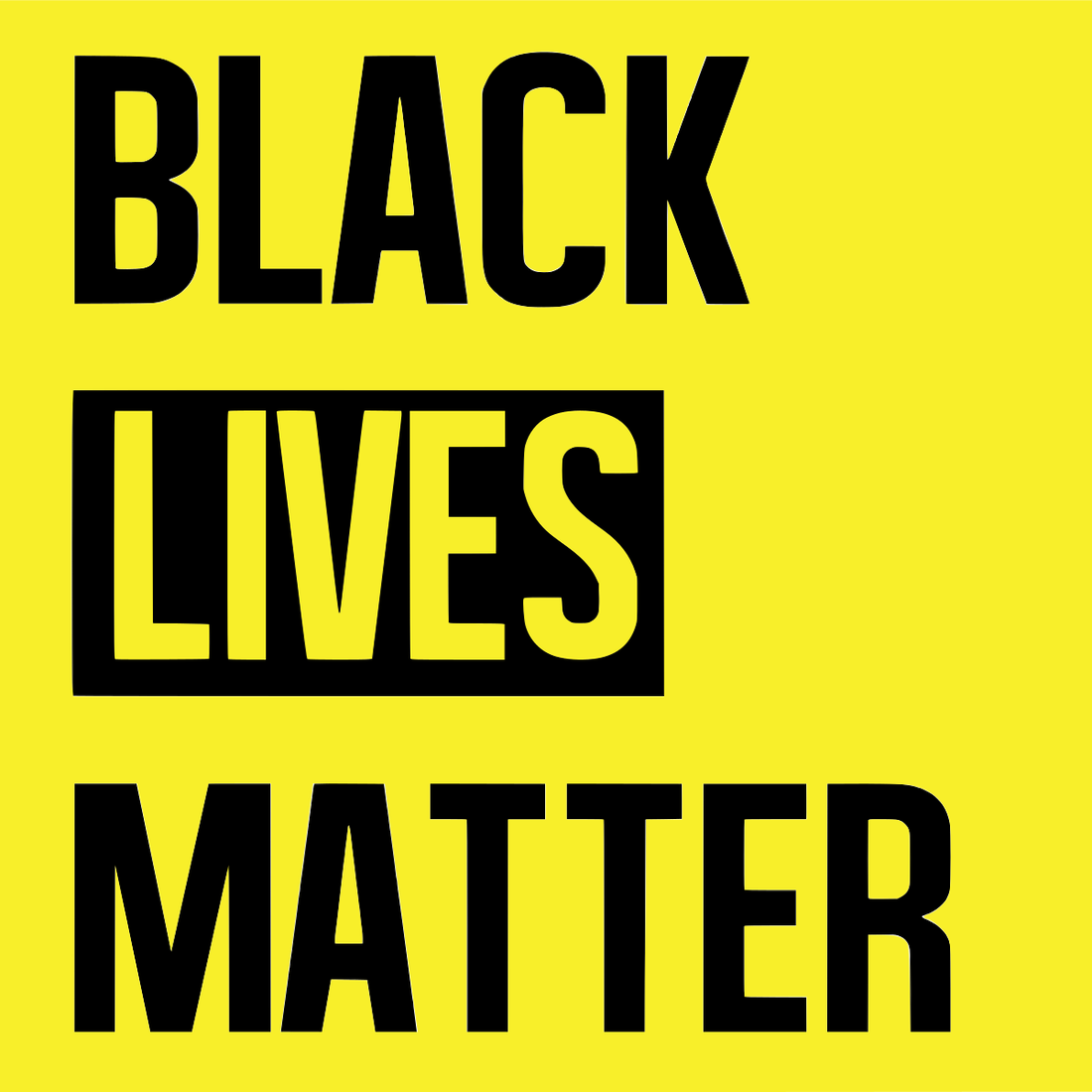|
Thurgood Marshall is famous for being America’s first Associate Justice of the Supreme Court of the United States. As well as serving as a lawyer, Thurgood campaigned for civil rights, believing that racial discrimination went against the Equal Protection Clause of the US constitution.
Born in Baltimore, Maryland on 2nd July 1908, Thoroughgood “Thurgood” Marshall learned how to debate from his father, William Canfield Marshall, who worked as a railway porter. At family meals with his father and mother, Norma Arica Williams, Marshall participated in discussions about current events, which fuelled his desire to become a lawyer. Marshall recalled his father "turned me into one. He did it by teaching me to argue, by challenging my logic on every point, by making me prove every statement I made." In 1925, Marshall graduated from the Frederick Douglass High School in Baltimore within the top third of his class. After this, he attended Lincoln University in Pennsylvania where he became the star of the debate team. Marshall involved himself in sit-in protests against segregation and joined Alpha Phi Alpha, the first fraternity founded by and for blacks. During this time, Marshall paid little attention to his studies and found himself suspended twice for his behaviour. Marshall’s attitude changed after he married Vivian "Buster" Burey (1911-55) in 1929. His wife encouraged Marshall to be a better student, and he graduated with a BA in American literature and philosophy the following year. To become a lawyer, Marshall enrolled at Howard University School of Law in Washington DC, for which his mother pawned her wedding and engagement rings to pay for the tuition. In 1933, Marshall graduated at the top of his class. After graduating, Marshall began a private law firm in his home town and represented the National Association for the Advancement of Colored People (NAACP), which he joined in 1936, in various lawsuits. In one court case, Murray v. Pearson, Marshall represented black students who wished to attend the University of Maryland Law School, which at that time only admitted whites. Not only did Marshall win, but he also created a legal precedent making segregation in Maryland illegal. At the age of 32, Marshall founded the NAACP Legal Defense and Educational Fund, which supported many civil rights cases before the Supreme Court. Of these cases, Marshall won 29 out of 32, most notably Brown v. Board of Education of Topeka, which paved the way to integration in schools. For some of the court cases, Marshall had the support of J. Edgar Hoover (1895-1972), the 1st Director of the Federal Bureau of Investigation (FBI). Marshall and the FBI particularly wished to discredit civil rights leader T. R. M. Howard (1908-76) whose policies went against the NAACP. Howard also believed in legalising prostitution, arguing “man's sinful nature made it impossible to suppress the sex trade”. In February 1955, Marshall’s wife Vivian passed away from lung cancer on her 44th birthday. Later that year, Marshall remarried to Cecilia "Cissy" Suyat (b.1928), a civil rights activist of Filipino descent from Hawaii. They went on to have two sons, Thurgood Marshall Jr. (b.1956), who was the White House Cabinet Secretary under Bill Clinton (b.1946), and John William Marshall (b.1958), the longest-serving member of the Virginia Governor's Cabinet. Marshall’s successful career attracted President J. F. Kennedy (1917-63) who appointed him to the United States Court of Appeals for the Second Circuit in 1961. This was a new seat created by the president, which Marshall held until 1965 when President Lyndon B. Johnson (1908-73) appointed him as the first African American United States Solicitor General. This also made Marshall the highest-ranking black government official. Marshall called his position as Solicitor General “the best job I've ever had." Following the retirement of Tom C. Clark (1899-1977) in 1967, Johnson appointed Marshall as the 96th Associate Justice of the Supreme Court, the first black man to hold the post. When questioned about his success as an African American, Marshall said, “You do what you think is right and let the law catch up.” Marshall served on the Supreme Court for 24 years, during which time he fought on behalf of black citizens. As well as civil rights, Marshall campaigned for abortion rights and the end of the death penalty. He also fought against anything that made women unequal to men. When Marshall retired in 1991, he expressed the wish that President George H. W. Bush (1924-2018) did not use race as a factor when deciding on his successor. Bush nominated Clarence Thomas (b.1948) to replace Marshall, the second black man to hold the position of Associate Justice of the Supreme Court. Many accused Marshall of resigning over disagreements with the new conservative approaches of the Supreme Court, but in truth, his declining health was the reason for the decision. Less than two years later, Marshall passed away from heart failure on 24th January 1993 at the age of 84. The Supreme Court honoured Marshall with a lying in state at the United States Supreme Court Building in Washington DC followed by a burial at the Arlington National Cemetery in Virginia. There are several memorials dedicated to Thurgood Marshall, including an 8-ft statue in Lawyers Mall, Maryland. The airport in Baltimore renamed itself the Baltimore-Washington International Thurgood Marshall Airport in 2005, and in 2009 the General Convention of the Episcopal Church added him to the liturgical calendar, designating 17th May as his feast day. Marshall’s life is the topic of the 2017 film Marshall, starring Chadwick Boseman (1976-2020) as the first black Associate Justice of the Supreme Court of the United States.
0 Comments
Your comment will be posted after it is approved.
Leave a Reply. |
©Copyright
We are happy for you to use any material found here, however, please acknowledge the source: www.gantshillurc.co.uk AuthorRev'd Martin Wheadon Archives
June 2024
Categories
All
|


 RSS Feed
RSS Feed